All about the plant mesembriantemum

Knowing everything about the mesembriantemum plant, gardeners only benefit. At the same time, they will have to find out the details of planting dorotheanthus daisy and caring for it in the open field. Special attention should be paid to the cultivation of flowers in a flower bed, especially the varieties "Sparks" and "Harlequin", other subspecies.
Peculiarities
The word "mesembriantemum" sounds mysterious and enchanting, almost like a spell. However, such a complex name is actually revealed quite simply and literally means "midday flower". The name "dorotheanthus" is a complete synonym for the two given names. The mesembriantemum originates from the southern regions of Africa. This culture is used in both annual and biennial versions.
Botany refers to this succulent plant as belonging to the Aiz family; different types of the genus are:
- squat shrubs;
- creeping plants;
- creeping ground covers.
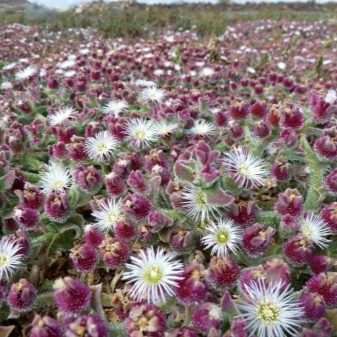

For the mesembryanthemum, predominantly green leaves are typical. They are located in a regular pattern close to the tops of the stems and in an opposite pattern in the lower part. The growths on the surface resemble dew drops. Because of this property, the epithets "crystal grass" and "glass chamomile" appeared. The corollas of this plant are similar in size and geometric shape to those that develop in daisies.
But on the other hand, they are much more diverse in their color. There are bicolor, white, and crimson, and even bright yellow specimens. The placement of inflorescences is characteristic both in brushes and singly. Like other succulents, dorotheanthus tolerates hot dry days well. In cloudy, and even more so in wet weather, the corollas do not open.
This genus of plants was described in 1684. The height of mesembriantemums reaches 15 cm. Some species can bush. The appearance of recumbent, mainly straight, stems is characteristic. The flowers are referred to as the double type, flowering occurs from early summer to mid-autumn, when it starts to get colder.
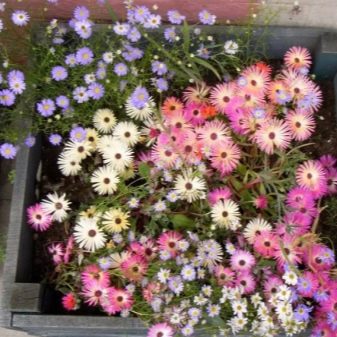
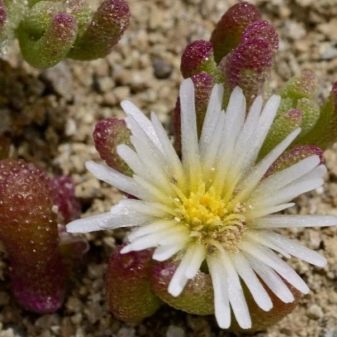
The petals are found in large numbers, and they are relatively narrow. The fruit of the dorotheanthus is classified as a capsule. It contains small seeds inside. In the landscape, this culture is perfectly combined next to many tall flowers. Roses and bells are good companions for her.
The brightness of the mesembryanthemum allows you to visually emphasize the border lines, framing other flowers. But you can make a monoclumba out of it, either of the same or of different colors. The afternoon tea is in many cases used as a ground cover crop. Its bright, lush bloom picks up the baton from the bulbous group. Mesembriantemum will also be a good filling for rockeries, because it looks great among the stones.
But in rock gardens, this kind of decorative flowers manifests itself from the best side. It is there that the unusually graceful colors will immediately attract attention. This crop is often planted on the southern slope. It is appropriate both on the shore of a pond and as a disguise for an unsightly fence. Mesembriantemum is often cultivated in pots and pots, which are placed on balconies, terraces and inside houses.
These plants have almost unlimited uses in landscape design. You just need to remember that decent lighting must be maintained. There are practically no requirements for soil. Even drought and soil salinization have almost no effect on cultivation.
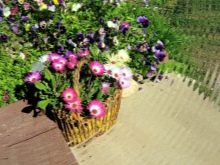
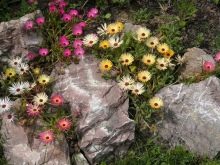
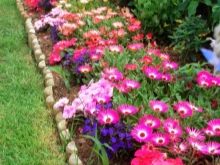
Types and varieties
The largest size is typical for mesembryanthemum of Barclay... It just has huge foliage.In nature, such a plant develops in the southwest of Namibia and in the northwestern regions of Namaqualand. There it inhabits the sand-covered plains. With a life expectancy of up to 2 years, the height can go up to 1.5 m.
This species begins to develop with the formation of a leaf rosette. It is complemented by lateral flowering branches. The next step is to lengthen the rosette internodes, which form new rosettes and internodes. The stems are typically quadrangular, reaching a cross-section of 4 cm. Other features:
- varying the shape of the foliage from ovoid to triangular, with different waviness of the edges;
- flowering from September to November, when flowers appear with a cross section of 40-60 mm.
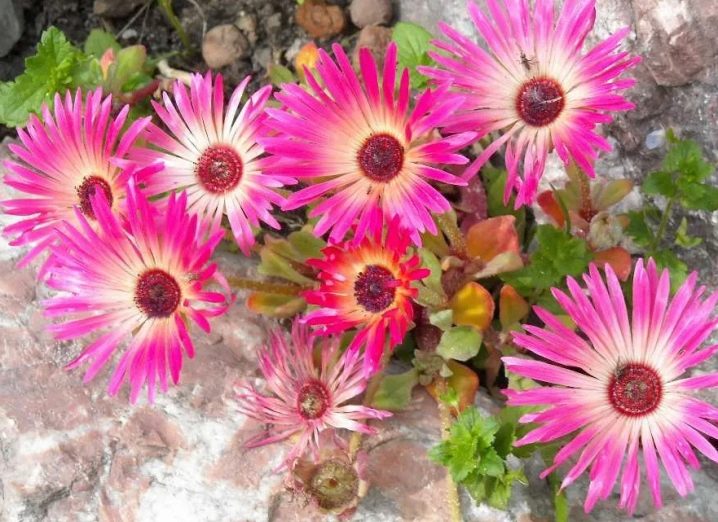
Mesembryanthemum aitonis - a typical "pioneer" (inhabiting areas with disturbed vegetation). It can be either one-year or two-year according to the development cycle. It is a creeping or ascending plant. It forms round or round-angular stems, on which flat, shovel-like leaves develop. The cross-section of flowers ranges from 5 to 20 mm, they are painted white, in some cases a pinkish tint is noted.
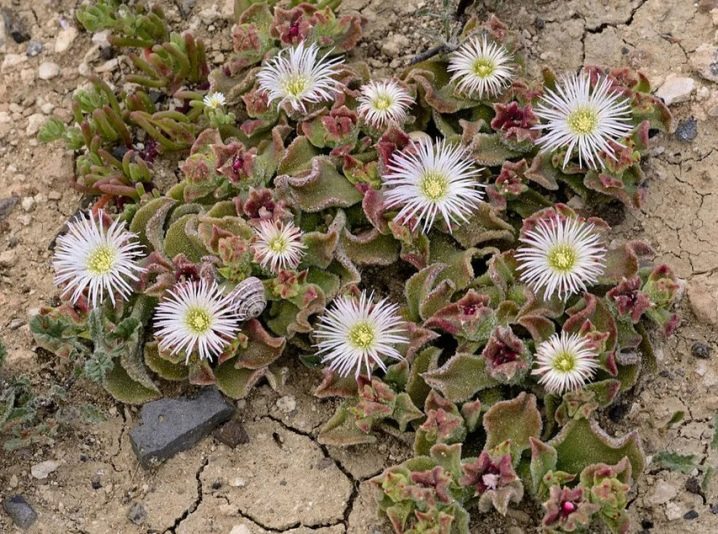
The hearty look also deserves attention. This perennial forms a characteristic “mat”. It is curious that at the beginning of its journey, such a mesembriantemum was a purely horticultural crop, borrowed from southern Africa, but then formed wild thickets in the New World. The height of the plants does not exceed 12 cm; they form open, up to 60 cm long shoots. Smooth oval leaves of a rich green color with a width of up to 2.5 cm appear on the stems; single flowers, dividing into a large number of petals, have the same diameter.
Flowers begin to grow from the leaf sinuses. Purple-red tones are typical for them, while the centers are orange. The plant loves sunlight. It remains closed in the dark and cloudy weather.
Flowering begins in spring and ends in autumn; it is worth considering that this is an invasive species that suppresses many other plants, especially in wet areas.
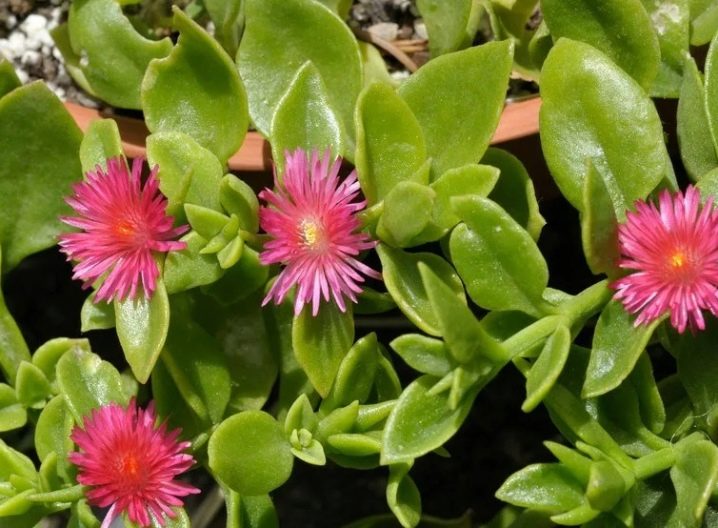
The broad-pollen variant is one of the creeping succulents. It has flat, oppositely arranged leaves of an entire-edged type. Flowers are always solitary and form in the axils of the branches. The fruit of such a dorotheanthus is a capsule, inside which there are 4 compressed seeds. It should be noted that this species itself is rare and inhabits dry rocky plains.
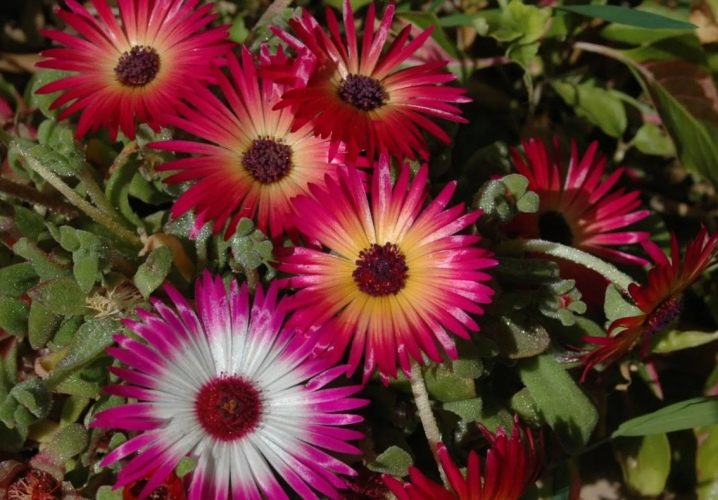
Crystal
This species has a Latin name Сrystallinum... In everyday life, it is called a crystal mesembriantemum or ice grass. This type looks like a large annual, forming an original "mat" and giving spreading stems. Exotic epithets are assigned due to the unique appearance of leaf plates and stems, which seem to be covered with a large number of membranes. Such membranes form formations filled with juice; it is they who shine when viewed from afar like ice crystals.
In the crystal mesembryanthemum, egg-shaped, spatulate-shaped leaves develop, which ultimately resemble a drop with an edge that is not uniform in shape. Old leaves near the top fade. For foliage, a simple, opposite or alternating arrangement is typical. It can be grouped into clusters with different densities. The leaves placed at the bottom are very large and collected in large groups.
Flowers are formed separately. They contain many delicate petals. The flower contains 5 sepals and a large number of short stamens. The typical section of a flower varies from 3 to 5 cm, and it can be painted in pink, white or purple. Pedicels are juicy, crystals can have different colors, including depending on their location.

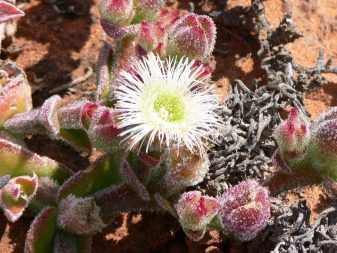
Crystalline fruits are formed one at a time. However, each of them contains a large amount of seeds. The culture will germinate with the onset of the first rains.Among the varieties of this species is "Sparks" (in another spelling - "Iskra"). Typical are white-yellow leaf blades and variably colored flowers with a cross section of about 4.5 cm.
The variety "Harlequin", also belonging to the type "Crystallinum", is also distinguished by its bright colors. The plant reaches a height of 30-50 cm. This is a typical annual. Flowering occurs from June to October. The ideal temperature is 25 to 35 degrees.
Another variety within this species is Limpopo. It looks very gentle. The plant forms a sprawling wide bush with a cross-section of up to 15 cm. The pale green medium-sized foliage has an oval shape. The section of flowers ranges from 3 to 4 cm; the variety is considered a heat-loving and light-loving plant.

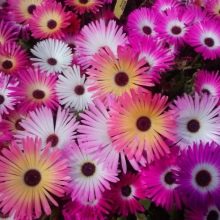
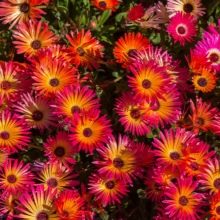
Cereal
In Latin, this type is called gramineus. Typical for him are flat, juicy leaf plates up to 75 mm long. The flowers are very different in color, there are even lavender and orange specimens. In any case, darker centers appear in the middle of this coloration. Red stems, developing in large numbers, form an interesting "carpet".
The surface of the stem is composed of hairs. The fleshy leaves are linear. Mass flowering occurs from July to September. The reddish color of the center is often noted. She is accompanied by yellow petals.
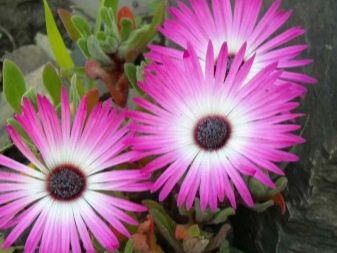
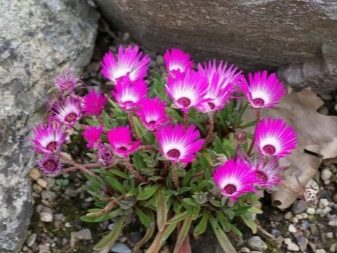
Daisy
It is a typical annual. It is characterized by a creeping stem of considerable thickness. The oval petals of the flower are covered with villi. Other standard features:
- opening of buds only in clear weather;
- light green or light green color of foliage;
- the section of the buds is about 5 cm;
- leaf length - up to 8 cm.
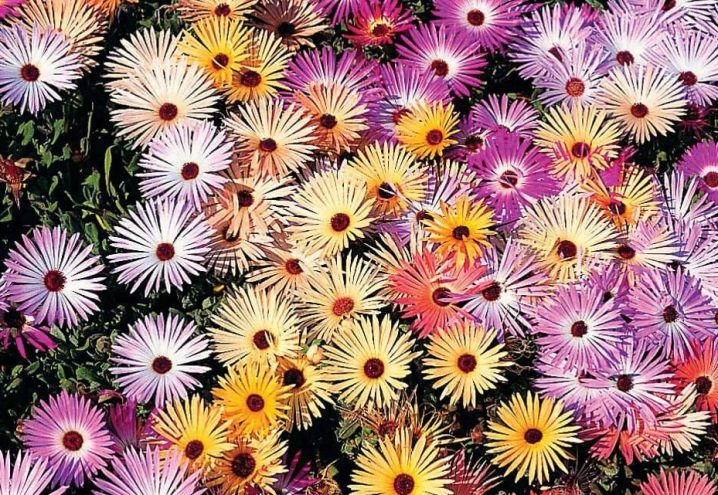
Cloudy
This plant lives up to expectations. In any case, it really welcomes cloudy weather. Such a mesembriantemum easily tolerates frost and dry periods. Its single flowers visually resemble daisies. The plant also has bright, shiny, light green foliage 4 cm long. With the onset of autumn, this foliage will turn red.
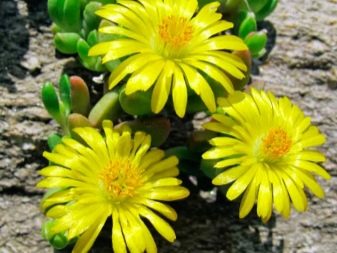
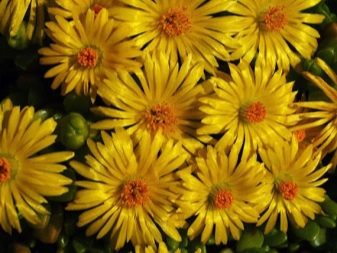
Glazkovy
This type is prized for its expressive visual beauty. Its inflorescence is close to a simple chamomile. The inside of the flower is colored red. The length of the leaf reaches 4 cm. The petals are mostly yellow, but sometimes there are flowers with white or pink petals.
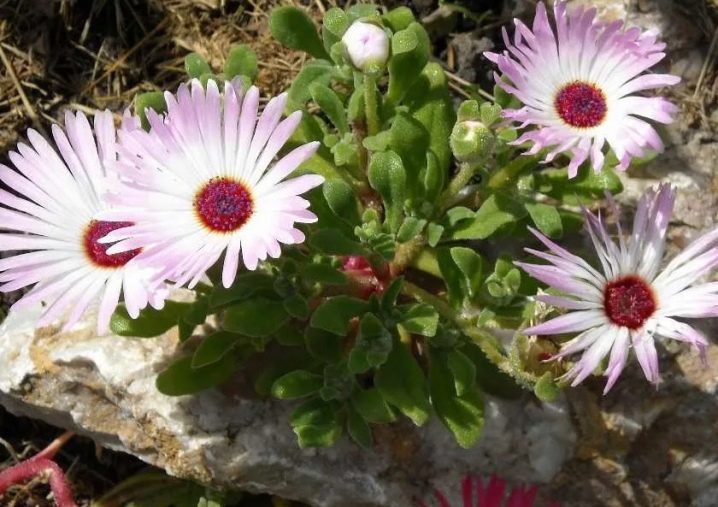
Landing
It is necessary to plant mesembriantemum in a flower garden in the open field at a fairly early date. However, you should wait until the warmth is firmly established and the risk of frost return disappears. In almost all regions north of the middle lane, the necessary conditions are created in the second half of May. It is recommended to choose a well-ventilated corner in the garden, but at the same time isolated from penetrating drafts, thoroughly illuminated by the sun.
Experienced specialists give preference to the southern sides of the plots. When preparing a permanent place, they form a sandy or rocky soil. It must be thoroughly drained. Before disembarking, the earth is dug up, adding expanded clay and sand there. It would be foolish to try to plant a mesembriantemum near moisture-loving plants - there it will rot intensively.
To get seedlings, you need to dig holes where you can transplant seedlings along with the root complex. The distance between the holes should be at least 15-20 cm. It is recommended to use loose, moisture-permeable soil. The area with the planted plants is slightly compacted and watered. Direct cultivation from seeds in a flower bed is possible only in the southern regions of Russia.
Annual forms do not need a transplant. In the open field, the planting is simply renewed every year. Biennial specimens should be left to winter in pots. Landing again on the flower bed is carried out after the end of the danger of frost. There should be a gap of 15-30 cm between the plants.
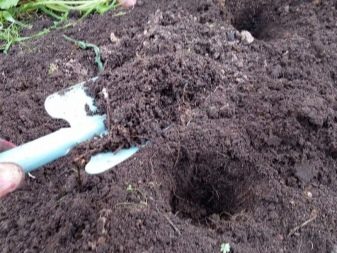
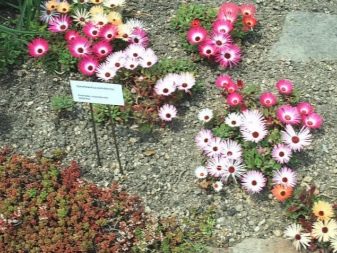
Care
Watering
Correct cultivation of mesembryanthemum flowers is possible only with moderate irrigation.It must be done in a timely manner. Moistening of the substrate is carried out with obvious signs of desiccation. In wet seasons, it is recommended to cover the territory with a film to prevent soil sagging. If rainfall is moderate, watering should be reduced to a minimum or eliminated altogether.
Top dressing
To grow dorotheanthus at home, you will have to lay nutritious fertilizers every 2-3 weeks. The best option is feeding complexes for succulents. Other fertilizers should be used with care.
Experienced growers indicate that the dosage should be half as much as on the label.
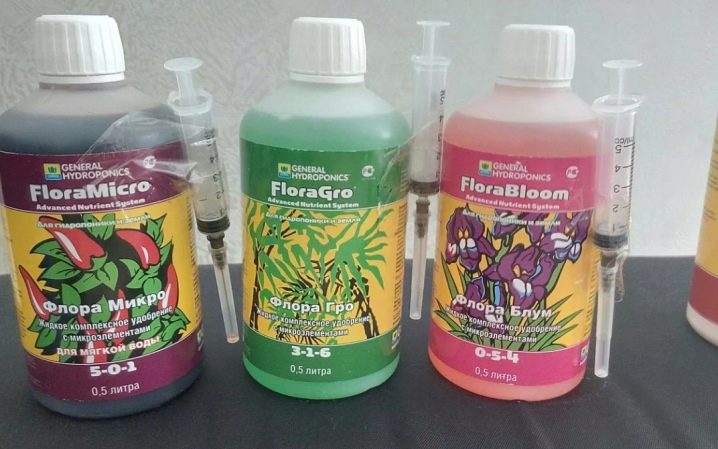
Wintering
With the approach of the cold pore, the mesembreanthemum must be dug and its roots must be freed from excess earth. It should be stored at 10-12 degrees. Cuttings are carried out in the spring. The resulting cuttings are rooted in bright diffused lighting. Watering the plant during this period should be sparse.
Reproduction
For reproduction, it is advisable to use the seed method. At home, they also resort to cuttings. Collecting seeds is done by hand, there is almost no point in buying them in the store. Planting material is stored for years. A pick is made in the middle or at the end of spring, again with the onset of strong warm weather.
There should be a gap of about 15 cm between the bushes. Cuttings are mainly carried out in the fall. For this procedure, use the freshest strong shoots. Such planting material should be kept at 10-15 degrees.
Important: the shoots are looked after so that they take root properly.
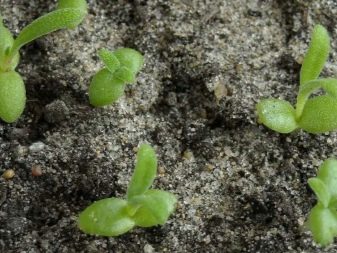
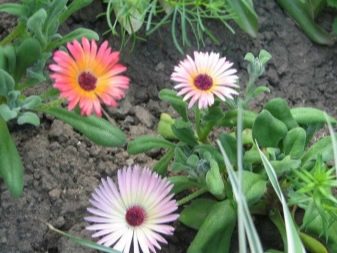
Diseases and pests
This plant is considered resistant to harmful insects and pathologies. But even it suffers in case of violation of the regime of detention. Excess moisture is most critical. In the shade, the dorotheanthus will stretch strongly and look painful. The danger to culture is represented by spider mites, which are suppressed with the help of "Aktara", "Fitoverma" or "Aktellika".
Against the background of stagnant moisture, root rot may appear. In this case, the affected root segments are usually cut off and the plants are sprayed with fungicides. But in many cases this does not help either.
Prevention is much more important than cure. And if you follow the recommendations, you can count on success.
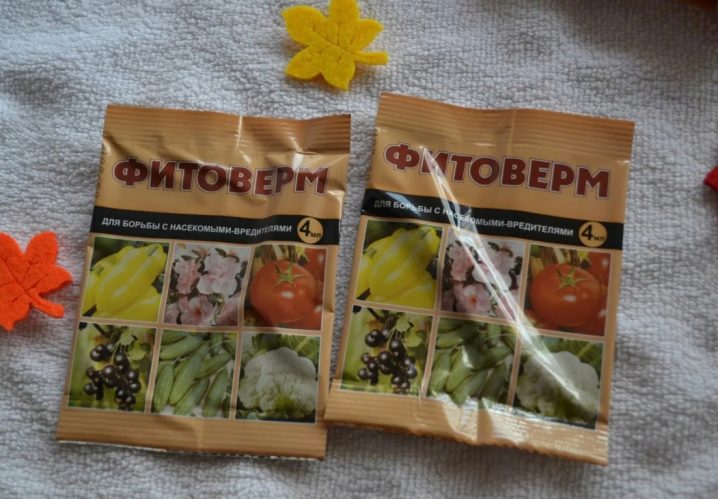







































































































The comment was sent successfully.